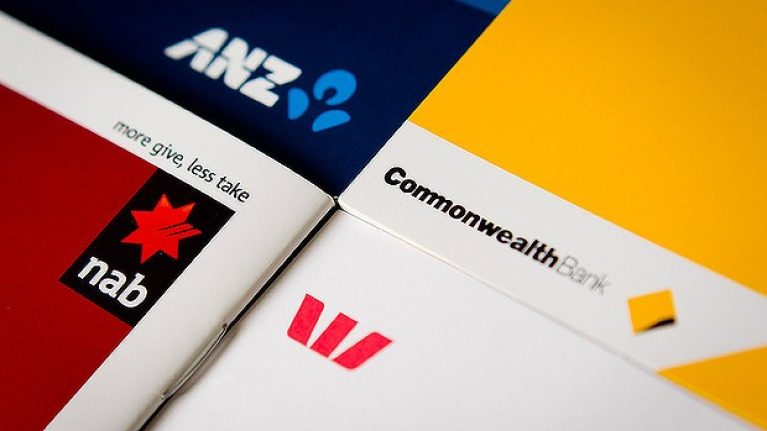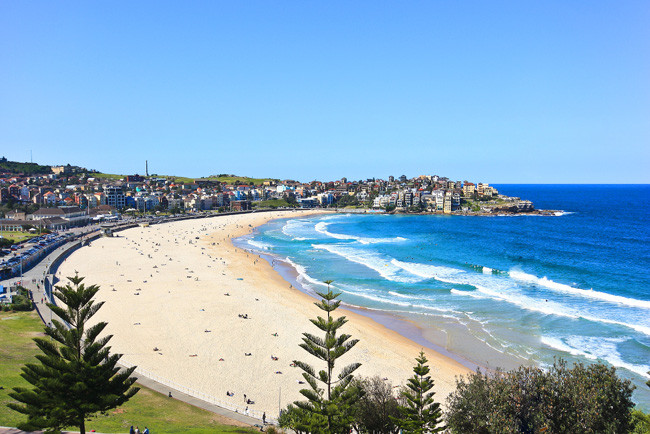The amount of bank-bashing that’s been going on recently makes you feel almost (but not quite) sorry for our big four.
In particular there have been complaints about banks not passing on the full benefits of recent interest rate cuts to customers. How dare they try and make a profit for themselves? The thing is, it’s when our banks stop being profitable that we’re really in trouble.
That’s right; we need our banks to make a healthy profit in order to maintain economic stability.
Keep in mind that banks have control over two rates: borrowing and lending. If they keep cutting lending rates then deposit rates will suffer too – they have to keep some kind of gap between the two as that’s where the profit lies. And actually that gap is still pretty low in historical terms.
Aussies are good savers, so if deposit rates are cut, it affects people across the board – from first time homebuyers saving for a deposit to parents saving for their children’s future.
Pre-GFC less than half of the money in Australia’s banks came from Australian depositors, but this source now accounts for the majority of their funds.
Domestic deposits provide banks with a safe and reliable funding stream, but at a higher cost than cheap global funds.
Pick your battles wisely
This isn’t to say that we should give our banks free reign to do as they please. They are certainly not without their faults, but interest rates are not the bit we should be targeting.
Australia’s banking sector is quite firmly regulated, meaning our banks are stable, well capitalised and forbidden from merging. They also have the benefit of government guarantees on deposits; they have the assurance that the Federal Government will bail them out long before they have even a chance of going under.
But our banks do more than just basic borrowing and lending. They operate a range of businesses providing financial advice, investment banking, and insurance.
These all carry a much higher element of risk and greater opportunities for underhand practices, as shown by the number of recent scandals:
— ANZ and Westpac have been caught allegedly rigging interbank rates.
— An NAB employee was caught doing insider trading with ABS data supplied by a friend. (He used his ill-gotten gains to buy an apartment from TV show The Block).
— CBA customers lost hundreds of millions of dollars due to dodgy financial advice.
With every scandal, the bank’s reputation and financial stability is affected, and this can have a knock-on effect on the main banking business. If something goes wrong, guess whose money will bail the banks out? Of course it’s ours, the taxpayers.
Basically, the banks are using the security provided by the government and the taxpayer to engage in riskier lines of business – they reap all the benefits but have a safety net to fall back on if it all collaspes.
We can’t for one moment think Australia’s economy is untouchable. We must stay alert, and if Australia is going to push banks to increase profits in the name of financial stability, they must equally be discouraged from getting involved in risky side-businesses.
Australia underwent a major financial system inquiry in 2014. During this, the head of the enquiry, former CBA CEO David Murray, hinted that splitting investment banking from the ‘retail banking’ staples of deposits and loans might be an option, however this idea didn’t make it to the final report.
This division between retail banking and investment banking might not be such a bad idea, though. In the US, this is exactly what has happened thanks to a regulation known as the Glass-Steagall act, and it seems to be working well.
We need our banks to be low-risk enterprises that turn a healthy profit and support stability in our economy. So let’s turn our attention from interest rates on loans and deposits to the riskier – and shadier – aspects of banking.











